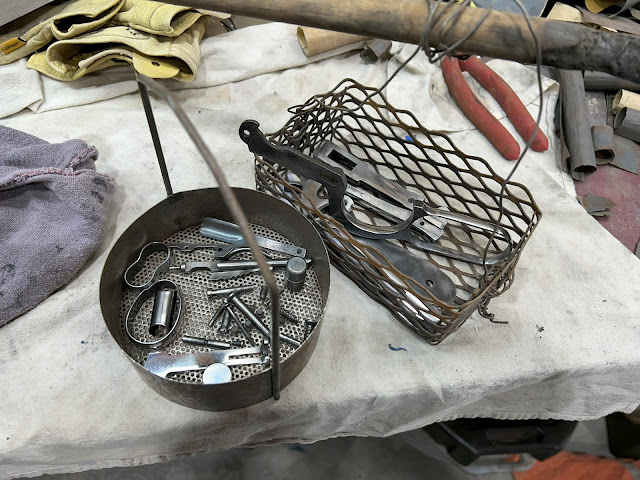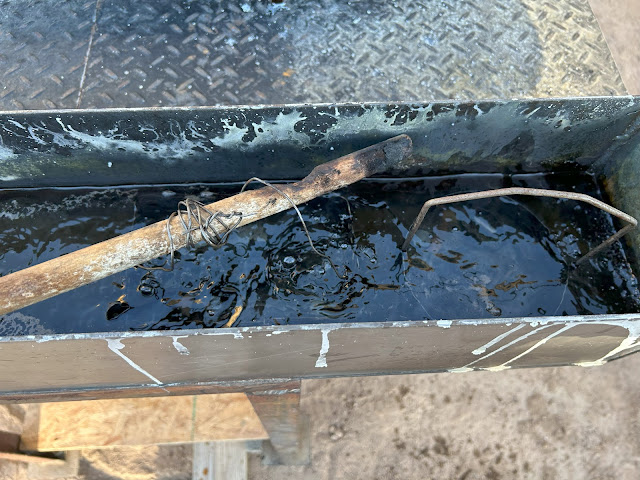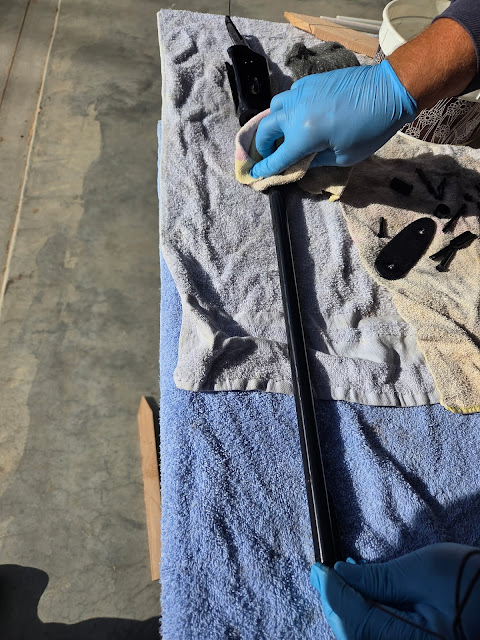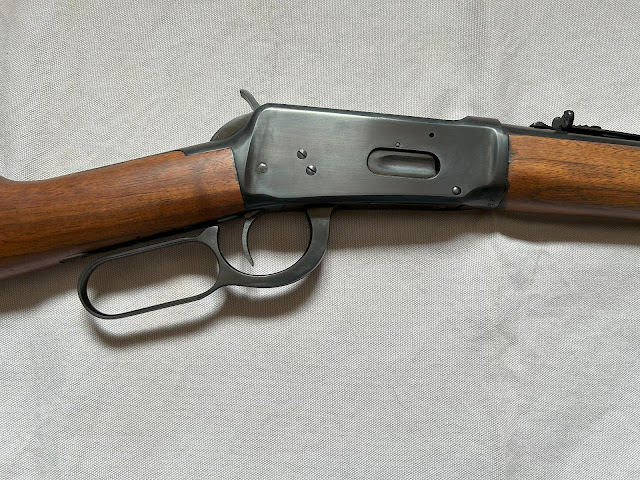We have a new contributor here at the blog, longtime friend Randy Chamberlain.
In the late 1800’s, Andrew Burgess was competing with other firearm designers, such as Colt and Winchester, to build the quickest, most reliable guns of their time.
While Engineer Christopher Spencer beat
Burgess to patent the first pump action design in 1882, Andrew Burgess quickly secured
his own patent for the first folding shot gun shortly after. Designed to easily fold up and be concealed
under a long coat often worn back in that time, this shot gun was the first designed to be a fighting weapon instead of
a sporting firearm.
Although he is fairly unknown
today, Andrew Burgess formed his business in 1892 and held 894 patents, making
him one of the most inventive firearms designers. In 1893, he patented his new design and began
production of a 12-gauge slide-action shotgun with a folding stock. This weapon was designed to weigh 6 lbs., 11
oz (unloaded) and is approx. 20” when folded.
With a quick movement of the arm, this gun extends and locks into place to
a 40” total length. It includes a 6
round tube magazine that holds 2.5” shells and sits under the barrel.
The design of the gun allows the user to pull a lever at the end of the chamber to release the tension, clearing 4 machined thread-like ridges which fit into the receiver to hold it closed. Once the tension is removed, the gun easily folds in half.
The latch is spring-loaded,
so it allowed the gun to be carried while loaded and folded. Burgess designed a belt holster to carry the
weapon in this configuration, which helped bolster sales. The gun could be quickly drawn, locked and
shooting within seconds. In 1885,
Charles Dammon, a salesman for Burgess, met with the then New York City Police
Board president Theodore Roosevelt.
After a pleasant greeting between the men, Dammon suddenly drew a folded
shotgun from the holster under his business jacket and quickly shot 6 rounds
into the office ceiling. The very
startled Roosevelt, being a gun enthusiast himself, quickly ordered 100
shotguns from Burgess right away for use in the New York Penal system. Other companies, such as Wells Fargo, also
made purchases to protect their valuables as well.
The gun had another unusual feature
which was it’s pumping mechanism. The
grip and trigger guard is used for the slide assembly. A sleeve, that wraps around the narrow part
of the stock, pulls back to open the action and with a push back into place, a
new shell is loaded. With it’s quick
loading feature, Burgess advertised the gun a semi-automatic in his catalog,
however it was truly a pump-action weapon.
From 1894 to 1899, these guns were produced by Burgess Gun Company, located in Buffalo NY. During that time, Burgess also made non-folding shot guns, as well as sporting versions that had 28” to 30” barrels. He made a number of pump-action rifles (non-folding) using the same mechanism in .30-30 and .45-70 calibers, which are now rarer than the folding pump-action shot gun.
With only a short time in the
business, in 1899, Burgess retired and sold his company to Winchester. Winchester re-purposed what they could from
the Burgess Gun Company and scrapped the rest, soon closing down the factory
for good.
The Burgess folding shot gun was
the first combat-oriented shotgun. It
was easy to conceal, quick to lock, load and rapid fire. This weapon has been proven through
competition to shoot six clays thrown at one time and to fire so quickly that
six empty hulls are in the air simultaneously, making it a practical but rare fighting
shot gun.
Patents:
US Patent 521,202 (Andrew Burgess,
Folding gun 6/12/1894)
US Patent 524,800 (Andres Burgess,
Folding Magazine Gun, 8/21/1894)
Resources:
Forgotten Weapons – Burgess FoldingShotgun 4/14/2014
Shooting Bums – Burgess Shotguns
Curators Corner – The BurgessFolding Shot Gun / NRA National Firearm Museum
Pictures:
Burgess Folding Shotgun - Forgotten Weapons
About the Author
Randy has been a decades long member of the NRA and the Civilian Marksmanship Program, he began collecting firearms in the 1970s and has owned more than 500 weapons. He will be contributing his vast knowledge of surplus and collector weapons.




%20and%2023%20more%20pages%20-%20Personal%20.png)



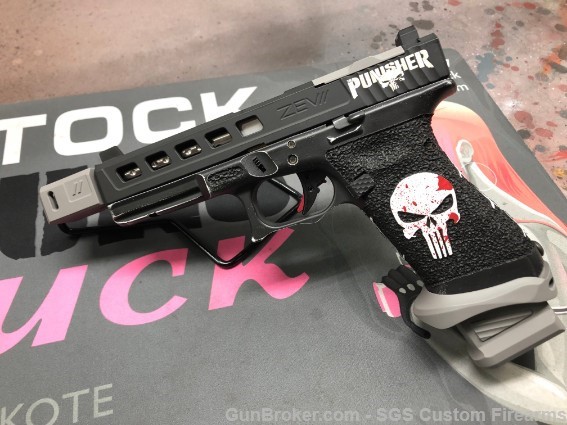










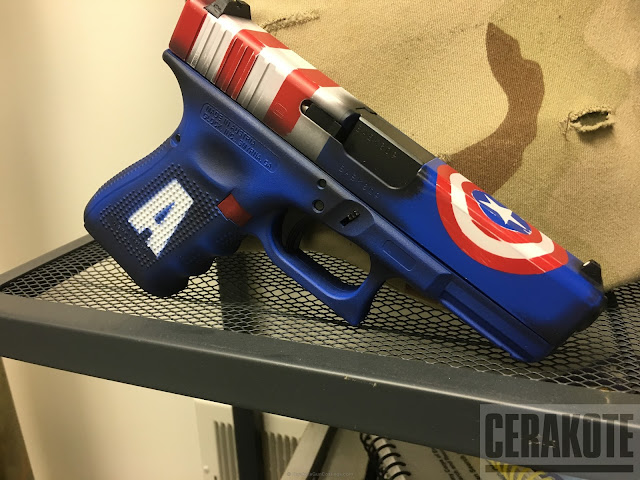

.png)



